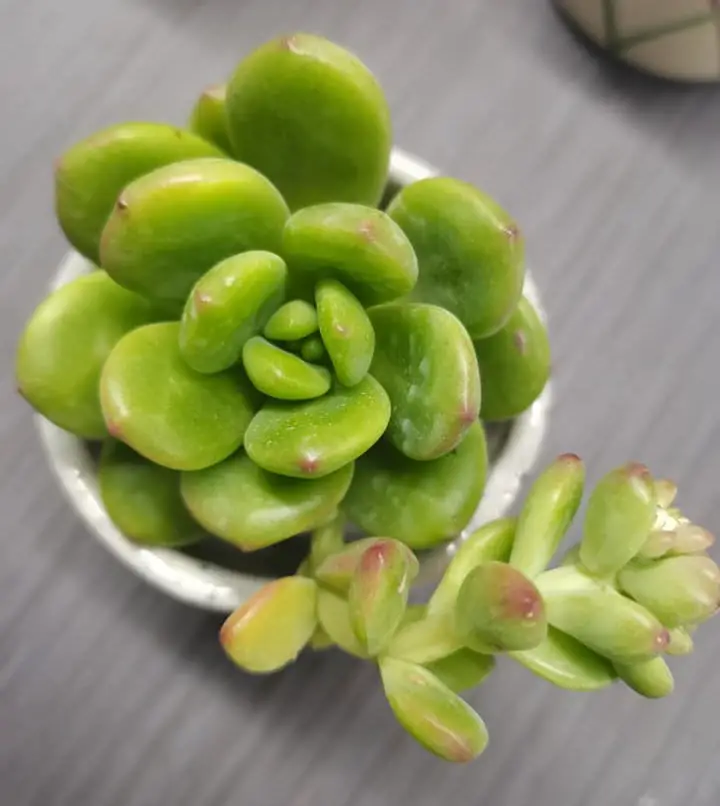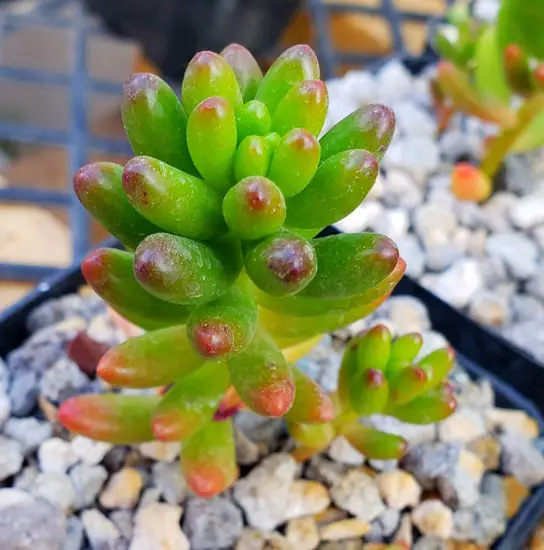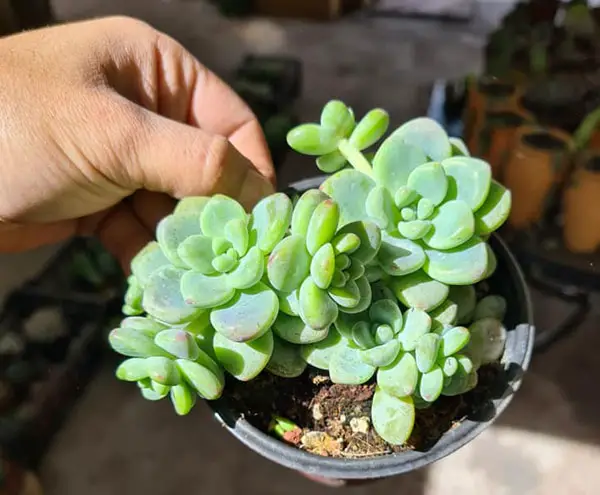When it comes to making your garden a great sight to look at, flowering plants such as sedums can be great additions to the aesthetics of your backyard. But, at the same time, succulents are also some of the most popular garden plants you can have, and they even share similar characteristics with sedums. So, based on the physical description of sedums, can you consider them to be succulents as well, just like how cacti are also succulents?
Sedums are considered succulents. When you talk about the sedum classification, you are talking about flowering plants grouped in the same genus. However, succulents describe certain plants’ physical traits that have thickened leaves, stems, or roots.
It might sound confusing at first, but you have to look at sedums and succulents as two different terms that describe plants in totally distinct ways. But, to make things easier for you to understand, let us try to look at what sedums are and why they are considered succulents so that we can clear the air up of any confusion.
Are sedums and succulents the same thing?
When you ask whether sedums and succulents are the same things, it can be unclear at first, especially if you don’t understand how plant taxonomy works. While plant taxonomy is an entire large subject matter that we probably can’t discuss in length, garden enthusiasts should be more concerned with the genus, species, and cultivar classifications, as these are at the lowest level of the plant taxonomy hierarchy.
Most plants for gardening purposes are often classified based on their genus. From there, you can look at the species of the plants under the same genus. And when you want to go to the lowest classification available for plants, you look at the cultivar of the plants under the same species. For example, the Otaki maple tree is a cultivar of the Acer japonicum species, covered by the Acer genus.
So, going back to our point, the term “sedum” is used to describe the genus of the plant. From there, you can find more species of certain plants that are covered by the sedum genus. And from the species that are under the sedum genus, you can find certain cultivars of the same species of plants.
In that sense, sedums do not necessarily equate to succulents because sedum describes a genus of plants, while the term “succulent” is an entirely different way of describing plants. The term “succulent” is not scientific as far as we are talking about plant taxonomy because it doesn’t fall in that category. Instead, when we talk about the word “succulent,” it is more like a descriptive word used to describe certain plants that fit the definition, such as those with thickened leaves, stems, and roots.
However, even though sedums and succulents are not necessarily the same, sedums are actually succulents as far as the word “succulent” is concerned because plants that fall under the genus sedum actually fit the description of what a succulent is.
That means that they have thickened leaves, stems, and roots because they are native to places that have allowed them to evolve in that way. It’s similar to how cacti are descriptive of a plant taxonomy group but still are succulents due to their physical characteristics befitting what succulents are.
So, think of it this way. It’s like comparing nationality and race, so to speak, in the sense that they are entirely different ways for you to describe a human being. Still, one person of a certain nationality can also fit the description of a certain race. For example, if you are Japanese in terms of your nationality, you are probably Asian in terms of your race, such as when sedums are succulents. But not all Asians are Japanese in the same way as not all succulents are sedums.
The metaphor we used might not be the same when it comes to planting taxonomy. Still, it can be a simple way for you to understand why sedums and succulents are not entirely the same, but sedums are still succulents as far as the description of what succulents are is concerned.
Can sedum be a houseplant?
Sedums are all-around plants that can thrive in a lot of different environments. As such, you can grow them indoors or outdoors. This means that sedums can indeed grow well as houseplants as long as you provide them with the kind of environment and conditions they need to thrive well indoors.
In most cases, many different sedums are actually better off left indoors as houseplants instead of kept outdoors as garden plants. The reason for such is that sedums with green leaves are better off indoors to make sure that they don’t lose their bright color, as keeping them exposed to the sun can actually make them lose their appeal.
However, sedums that have uncommon colors such as blue, purple, and gray are most likely better off outdoors, especially because you would want to display them in your garden due to their amazing array of different colors. Of course, sedums with such colors can handle the direct sunlight better than sedums with bright green colors.
Does sedum require full sun?
Sedums can either be full-sun or part-sun plants depending on the type of sedum that you have. The taller sedums require the full sun because they need to be exposed well to the sunlight to be able to flower at their best. However, the smaller creeping sedums work well in part sun and can be kept out in the shade or indoors, depending on your preferences.
If you are keeping taller sedums, make sure to leave them out in the open, where they can get a lot of direct sunlight. But you can keep them indoors while ensuring that they are still exposed to the sun by allowing them to stay near the windows where they can get indirect sunlight all day long.
Meanwhile, creeping sedums can be kept outdoors in shades together with taller plants or indoors, depending on the color of their leaves. However, it might be best to keep creeping sedums outdoors due to their creeping nature but always make sure that you don’t expose them to the sun too much.
How fast does creeping sedum spread?
Creeping sedums are aptly named precisely because they creep out of the mother plant to extend far beyond so that they can grow and propagate on their own. These are high-speed plants when it comes to how fast they spread. And, on top of that, they are so hardy and resilient.
When it comes to growing conditions, creeping sedums can grow in almost any kind of soil. That is why you can still see them growing near rocks or even walkways. In some cases, creeping sedum owners place them near pathways because they can still spring back up when stepped on due to how hardy and resilient they are. Expect them to grow and spread really fast as long as you give creeping sedums great living conditions.
Does sedum bloom all summer?
Sedums are nice to look at when they are blooming, and they are also perennial plants that will bloom regularly when they are in season. Most sedums are actually going to bloom during the summer, but they always won’t last the entire summer. However, some sedums actually bloom from the summer all the way to fall.
If you want to get your sedums to bloom, make sure that they get a lot of sunlight outdoors and see to it that you only water them sparingly. Sedums will naturally bloom during the summer, but some variants will bloom during fall instead.
Can sedum survive in winter?
When it comes to how hardy sedums are, you can never overstate the resiliency of these plants. They can grow in almost any kind of soil and will even be able to survive getting stepped on when they grow near walkways.
On top of that, sedums are so hardy that they can even survive in the winter. That’s right. Sedums are some of the most resilient plants available for any garden enthusiasts, as these perennial succulents will be able to survive through harsh winters.
Sedums are rated zone 3 in the US. That means that these plants are so hardy and resilient that they can survive well during the winter. And to top it all off, sedums are very easy to grow. They are going to come back on an annual basis because they are perennial plants that will last through the winter and then do well once again when spring comes along until they eventually bloom during summer or fall.



